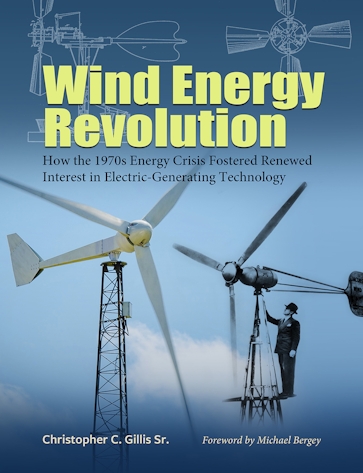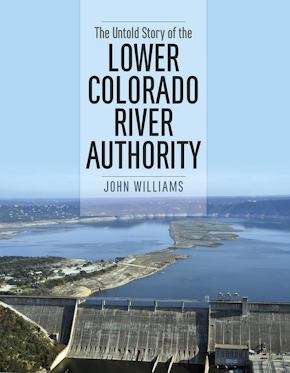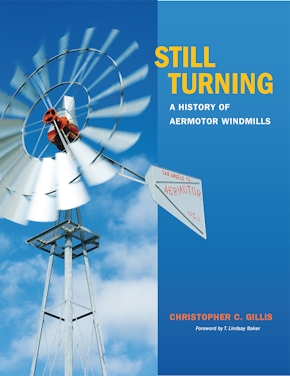Wind Energy Revolution
How the 1970s Energy Crisis Fostered Renewed Interest in Electric-Generating Technology
978-1-64843-062-6 Hardcover (Printed Case)
8.5 x 11 x 0 in
352 pp. 173 b&w photos. 20 line art. 7 figures. Table. Glossary. Notes. Bib. Index.
Pub Date: 08/21/2023
Available
Wind machines were once featured prominently on farms and homesteads throughout the Midwest of the United States and Canada during the late 1910s through the early 1950s in areas that had no access to overhead electric-power transmission lines. As a result of rural America’s connection to the power grid, many of these pioneer wind-electric machines fell “victim” to electrical power lines. Interest in wind energy resurfaced in the early 1970s when energy shortages were created by the Arab Oil Embargo, the rise of environmentalism, and the move toward self-sufficient, off-the-grid living. Early wind-electric machines were dusted off and restored back into service, while several former manufacturers reemerged, and entrepreneurs developed new designs.
Political and societal interest in renewable energies—wind and solar—began to wane in the early 1980s and did not return until the late 1990s. Even so, the developments in the 1970s influenced how Americans subsequently viewed and used renewable power. Wind Energy Revolution is a first-of-its-kind comprehensive history for historians and anyone interested in wind as a viable renewable resource.
Tarleton State University Southwestern Studies in the Humanities
About the Author
Published by Texas A&M University Press



